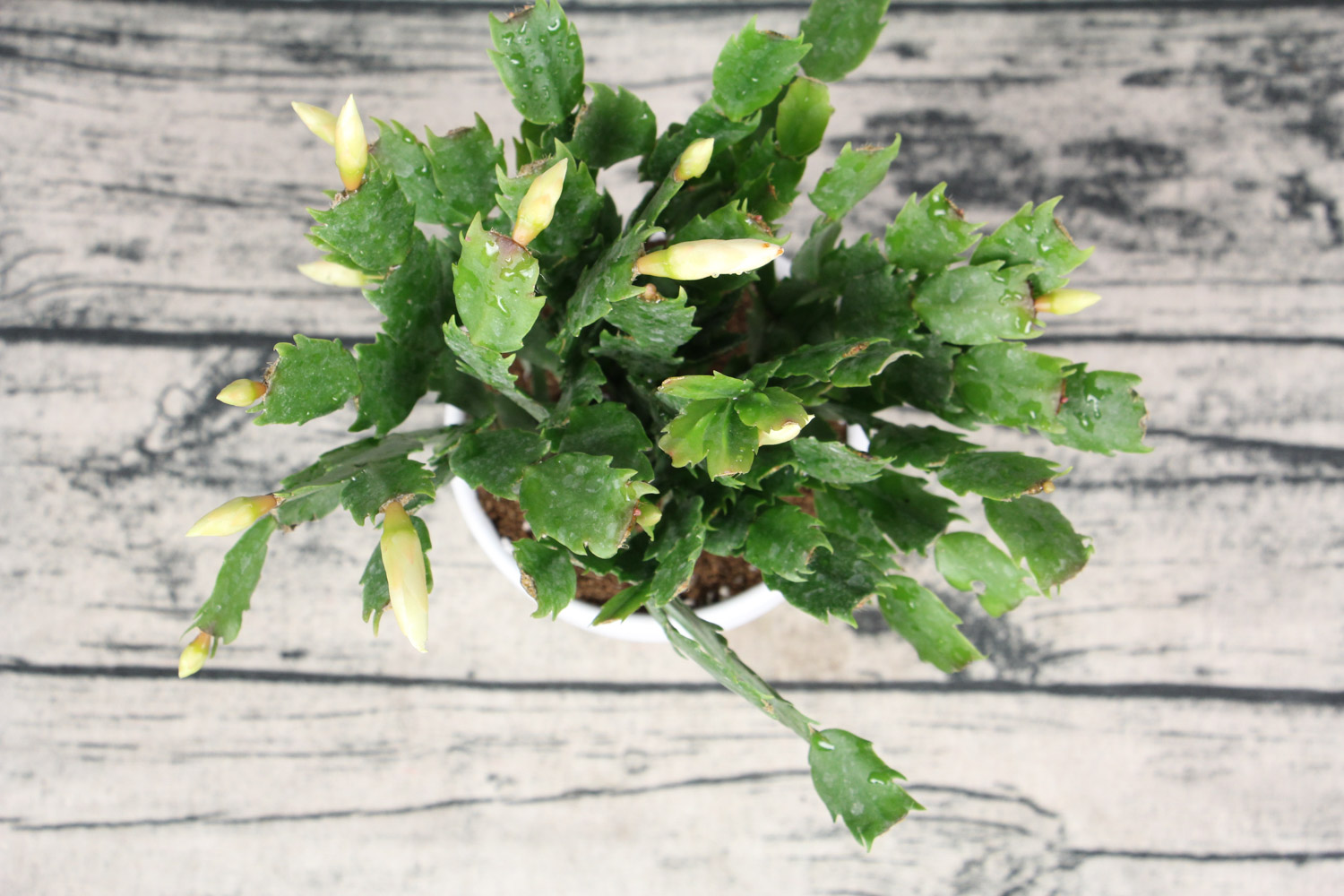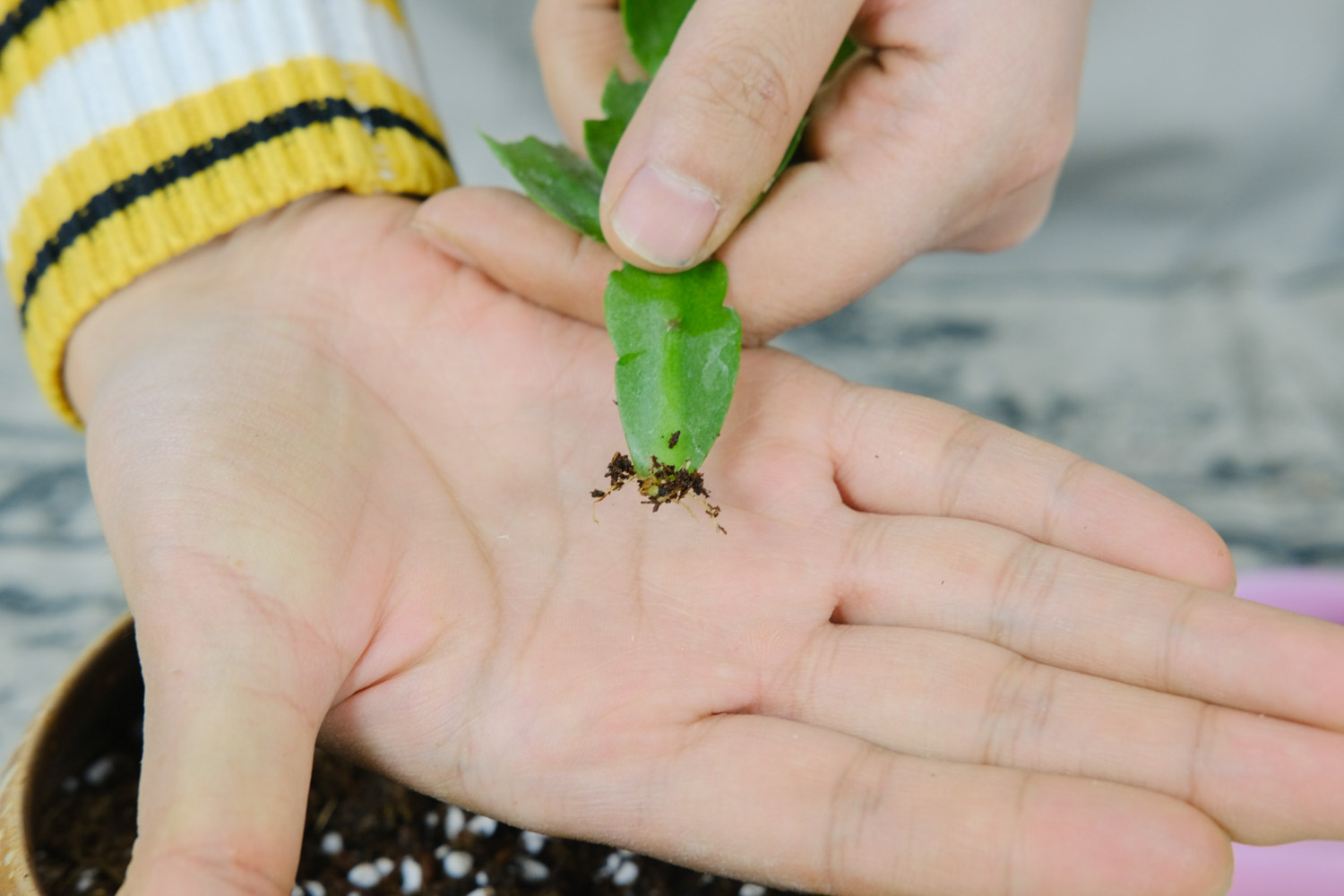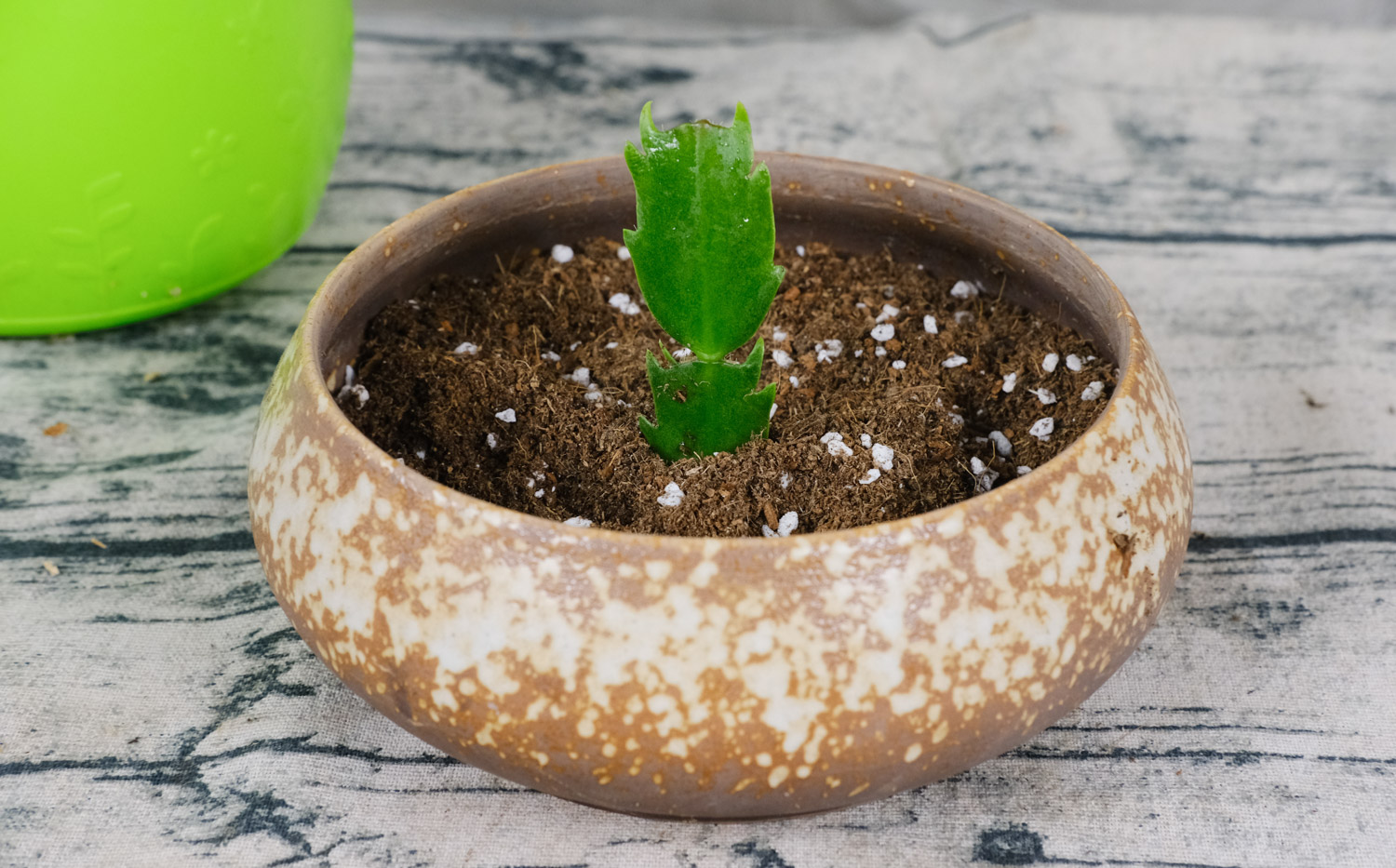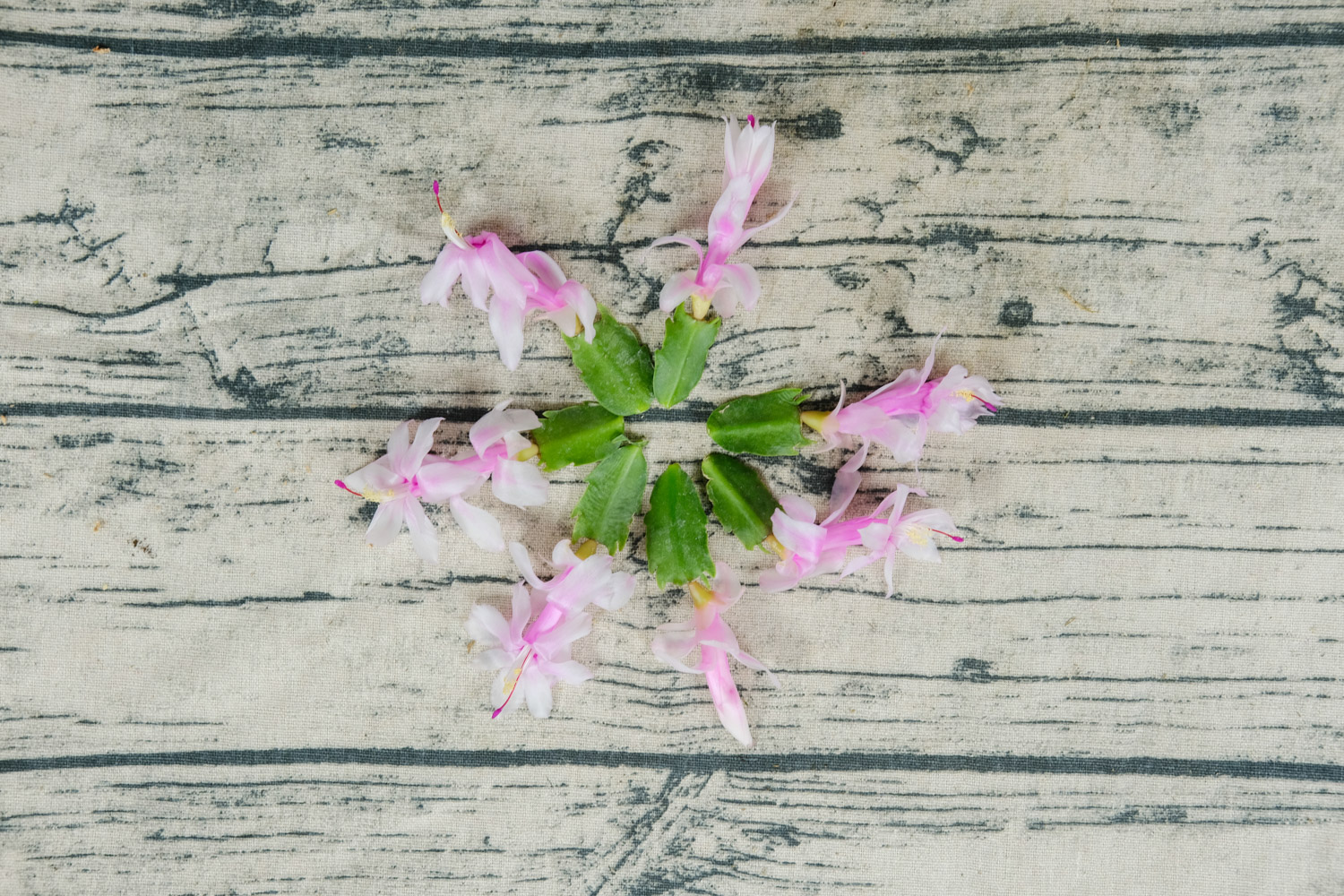Crab claw orchid
The natural flowering period of crab claw orchid is generally from October to February of the next year. Generally speaking, the flowering period is still very long. If it is properly maintained after flowering, it can bloom more times or prolong the flowering period

1. Pick leaves in time after flowers
Flowering always consumes a lot of nutrients. The leaf of crab claw orchid bears the brunt. When the flower is about to fail, it can be removed together with that leaf (or two). The vigorous leaves below can soon sprout buds after accumulating strength

2. Supplementary phosphate fertilizer is indispensable
Some flower friends said that the leaves of crab claw orchid are soft after flowering, which is likely to be lack of nutrition. We have to quickly supplement some phosphate fertilizer. The fastest effect is potassium dihydrogen phosphate. After picking the residual flowers, spray it 1-2 times a week, around the leaves and on the front and back sides, and it will take about a month

In addition to potassium dihydrogen phosphate, huaduoduo No. 2 can also be used, as shown in the figure below. The blue fertilizer can be watered 1:600 with water, 1-2 times a month. It can be stopped after there are flower buds

Flower friends who are inconvenient to buy fertilizer can also Rett a little by themselves, but it just takes some time. More phosphate fertilizer should be bone meal, soybean water and soybean cake (residue left after pressing oil) water

(the picture shows dried bone powder)
Except that bone meal needs to remove the salt smell from the bones, grind them into powder and mix them with pot soil. Soybean water and bean cake water should be soaked and retted together with water. They can only be used after about 1-2 months. They should be watered with water in the ratio of 1:200

3. Necessary light
Crab claw orchid usually doesn't like light very much, but it needs sunshine to bloom. What's more, in the cold weather in winter, if you want to re flower quickly, you'd better give sufficient light, not too strong, just soft sunshine

The difference in temperature and light can stimulate the biological clock of crab claw orchid, wake it up and let it bloom

4. Remember to control the water if you want to recover
If you want to bloom again quickly, you can't be too spoiled. Proper water control is to reduce the number of watering, so that the crab claw is in a "hungry and thirsty" state, and the leaves are a little droopy. This is conducive to stimulating its flowering instinct

Cyclamen
Xianke looks very delicate. Some people buy it and see the flowers bloom for a few days. If the flowers fail, they don't care about it. In fact, it can be raised for a long time. It can be opened 2-5 times a year

1. Cut the flowers as soon as they are broken
After the first wave of Cyclamen flowers are almost in bloom, you can cut off the remaining flowers and pick them together with the dense leaves in the middle, so that the middle is more ventilated and daylighting, which is conducive to sprouting new buds

Don't spray water after pruning. Put it in a bright place in the house. Just pour some into the basin when watering. Avoid the middle position to avoid breeding bacteria or causing decay

2. Add fertilizer and nutrition
If it is a Cyclamen just bought from the flower market, the general nutrition is still relatively sufficient. After the first wave of flowers bloom and cut, new buds will appear soon, which is enough for secondary flowers. If you have sown and raised by yourself for half a year, you need to add some fertilizer

Cyclamen likes light fertilizer. Don't put some non rotten and strong manure. It's best to use mild organic fertilizer. Go out to pick up some earthworm dung and put it back in the basin during the new year. It's also OK to use rice washing water

3. Be careful with the light
Cyclamen likes bright astigmatism. In fact, it is not resistant to the sun. Just keep it indoors. There is occasional sunny weather in winter, and the ultraviolet ray is very strong. It should be properly shielded at noon. Be careful that it will wilt when exposed to the sun

4. Immersion basin watering method
Cyclamen is a flower that is easy to wilt. Don't worry when you find it wilting. Watering a little water will cheer you up immediately, but don't water too much and keep the watering frequency well. Otherwise, watering too much is also easy to wilt and black rot

Here you can use the dip pot method to pour Cyclamen. There is a tray under the flowerpot. When you see that the soil surface of Cyclamen is white and the flowers are wilting, add water to the tray. It will absorb water by itself through the small hole at the bottom of the flowerpot. It will be fine in a moment

Watering by soaking in pots is actually to train Cyclamen to be hungry and full, and develop the habit of drought tolerance and water storage, so as to improve its vigilance as a flowering plant. It will bloom honestly later, and it will bloom many times a year


 how many times do yo...
how many times do yo... how many planted tre...
how many planted tre... how many pine trees ...
how many pine trees ... how many pecan trees...
how many pecan trees... how many plants comp...
how many plants comp... how many plants can ...
how many plants can ... how many plants and ...
how many plants and ... how many pepper plan...
how many pepper plan...



























